The Swedish Life & Peace Institute dedicated its July/August 2016 edition to the question of the extractive industry in the Horn of Africa and what sociopolitical effects this major sector has on the region. Raw material extraction has already proven in Botswana that it can definitely contribute to stable economic growth. But this sector has only recently emerged in the Horn. Substantial gold, copper, and silver resources have been discovered in Eritrea, helping the country gain international recognition. Oil has been found in Kenya and Uganda, while Ethiopia is home to large gold mines and gas extraction is seen as a possibility. Oil extraction may even lead to a few positive results in structurally weak Somalia.
Apart from the usual problems governments face in this line of business, the Horn of Africa, however, also has a few important characteristics. The resources are almost exclusively located in peripheral areas and border regions in which the population are politically marginalized and structurally marooned from the major urban centers. The presence of raw materials has reignited the governments’ interest in these regions and they have tightened control over these neglected areas once more. In all countries, these regions are among the poorest with the highest illiteracy rate. This tension between the enrichment of the state and the failure to fulfill the needs of the local population leads to new conflicts in the already fragile regions. The contributors to this bulletin believe that raw material wealth can be a blessing for the region if institutional framework conditions are created that allow the acquired wealth to be distributed. On the other hand, overly short-sighted exploitation of these resources could lead the regions to even more instability.

